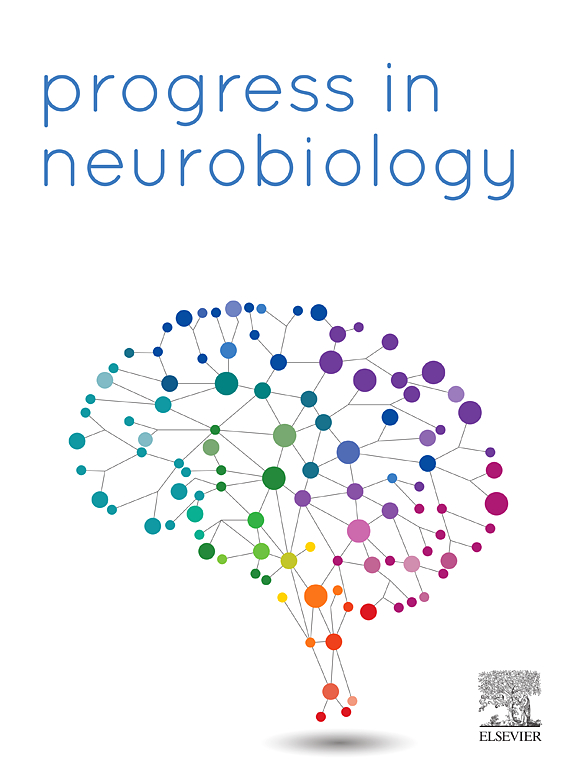The social salience network hypothesis of autism: Disrupted network activity, oxytocin signaling, and implications for social symptoms
IF 6.1
2区 医学
Q1 NEUROSCIENCES
引用次数: 0
Abstract
Autism Spectrum Disorder (ASD) is a complex condition characterized by its heterogeneity, with significant variability in symptoms across subtypes and associated comorbidities. Despite the urgent need to develop mechanism-based therapies for the core social symptoms of ASD, progress has been hindered by the heterogeneous etiology of this neurodevelopmental disorder and our still limited understanding of the neural mechanisms underlying social behavior. The evaluation of sociosensory cues and the modulation of motivation to engage socially are fundamental components of social interaction, thought to be coordinated by a network of interconnected brain regions called the social salience network (SSN). This network is strongly modulated by the neurohormone oxytocin (OXT) to facilitate appropriate social responses. It is increasingly recognized that disruptions within the SSN contribute to the atypical social perception and engagement observed in autistic individuals. This review will summarize evidence from current clinical and preclinical literature that provides compelling evidence for SSN disruptions as a possible mechanism that underlies the social symptoms of ASD. Furthermore, we discuss OXT-mediated correction of SSN disruptions at the regional and circuit levels that rescues social phenotypes in preclinical models of ASD-risk factors. These molecular, cellular, and circuit mechanisms within the SSN could serve as promising treatment targets which may propel the development of novel and effective options for alleviating the social difficulties of autistic individuals.
自闭症的社会显著性网络假说:网络活动中断、催产素信号和对社会症状的影响。
自闭症谱系障碍(ASD)是一种复杂的疾病,其特点是其异质性,在不同亚型和相关合并症的症状上存在显著差异。尽管迫切需要开发基于机制的治疗方法来治疗ASD的核心社交症状,但这种神经发育障碍的异质性病因以及我们对社交行为背后的神经机制的了解仍然有限,阻碍了进展。对社会感觉线索的评估和参与社会活动动机的调节是社会互动的基本组成部分,被认为是由一个被称为社会突出网络(SSN)的相互连接的大脑区域网络协调的。这个网络受到神经激素催产素(OXT)的强烈调节,以促进适当的社会反应。越来越多的人认识到,社会安全号内部的中断有助于在自闭症个体中观察到的非典型社会感知和参与。本综述将总结来自当前临床和临床前文献的证据,这些证据提供了令人信服的证据,证明SSN中断可能是ASD社交症状的潜在机制。此外,我们讨论了oxt在区域和回路水平上介导的SSN中断纠正,从而挽救了asd危险因素临床前模型中的社会表型。这些在SSN中的分子、细胞和电路机制可以作为有希望的治疗靶点,可能推动开发新的和有效的选择来减轻自闭症个体的社会困难。
本文章由计算机程序翻译,如有差异,请以英文原文为准。
求助全文
约1分钟内获得全文
求助全文
来源期刊

Progress in Neurobiology
医学-神经科学
CiteScore
12.80
自引率
1.50%
发文量
107
审稿时长
33 days
期刊介绍:
Progress in Neurobiology is an international journal that publishes groundbreaking original research, comprehensive review articles and opinion pieces written by leading researchers. The journal welcomes contributions from the broad field of neuroscience that apply neurophysiological, biochemical, pharmacological, molecular biological, anatomical, computational and behavioral analyses to problems of molecular, cellular, developmental, systems, and clinical neuroscience.
 求助内容:
求助内容: 应助结果提醒方式:
应助结果提醒方式:


